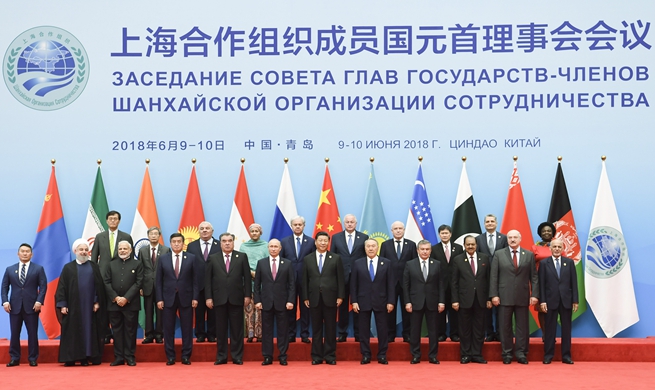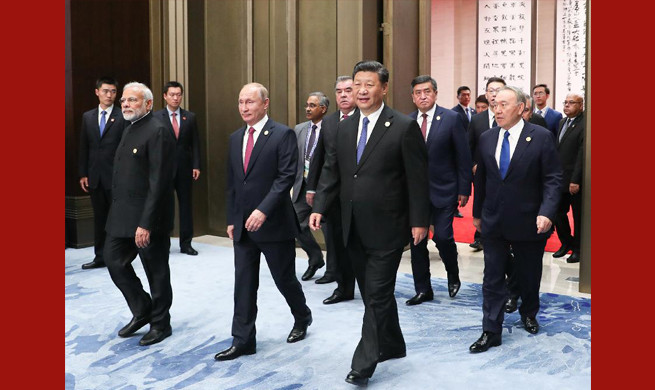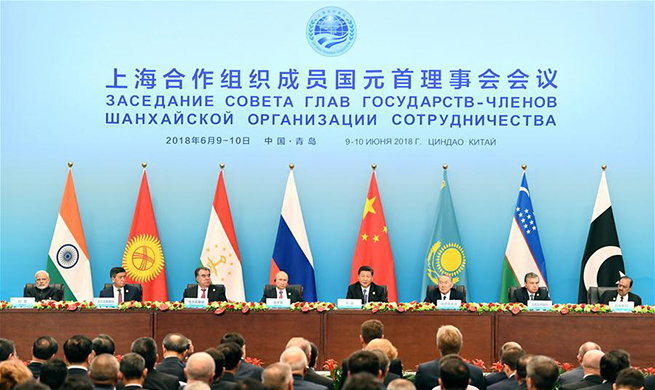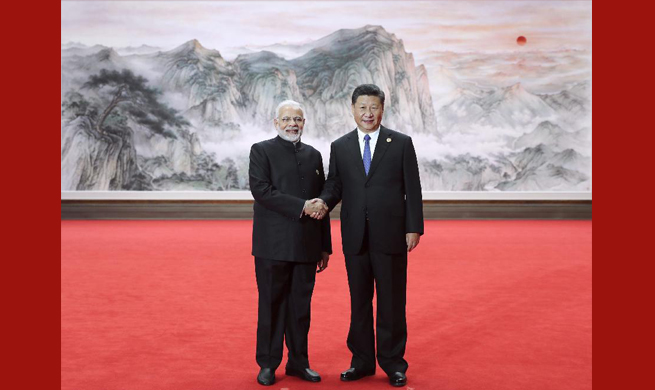UNITED NATIONS, June 12 (Xinhua) -- At the halfway point to the 2020 fast-track commitments agreed by the General Assembly in 2016, the world is making strong progress towards ending the AIDS epidemic by 2030, a senior official said here Tuesday.
There are gains across most of the 10 commitments made in the 2016 Political Declaration on HIV and AIDS: On the Fast-Track to Accelerating the Fight against HIV and to Ending the AIDS Epidemic by 2030, Michel Sidibe, executive director for UNAIDS said.
"AIDS is not over, but it can be," said Secretary-General Antonio Guterres, adding that UN sets out five recommendations, namely to mobilize an HIV testing revolution and achieve the 90-90-90 targets, to accelerate efforts to end tuberculosis and other co-infections and co-morbidities, to use the HIV prevention road map to accelerate reductions in new infections, to safeguard human rights and promote gender equality through people-centred service delivery models and supportive legal and policy frameworks, and to leverage the joint programme of the Joint United Nations Programme on HIV/AIDS (UNAIDS) and the UN health partnership services.
A majority of people living with HIV are accessing treatment and AIDS deaths have declined by one third since 2010, but the full achievement of the targets by 2020 requires the expansion of community-led, people-centred approaches to HIV testing, immediate linkage to and retention in care, and adherence to treatment.
The rapid roll-out of new and improved testing and treatment combinations is critical, Sidibe said.
UNAIDS figures show that gains in the global response to tuberculosis and HIV have led to a greater than one-third decline in tuberculosis-related deaths among people living with HIV.
"The elimination of mother-to-child transmission of HIV remains within our sights," Sidibe said, adding that "fewer children are acquiring HIV during childbirth. Nevertheless, the scale-up of paediatric treatment is off-track to meet the 2018 global target of 1.6 million children on treatment."
A growing number of countries and cities are showing that a combination approach to HIV prevention that respects and protects the rights of the most vulnerable can greatly reduce the incidence of HIV. Stigmatization and discrimination, gender inequality, poverty, food insecurity and other social inequities faced by people at high risk of HIV acquisition and people living with HIV constitute legal and policy barriers to service utilization and impede efforts to reduce new HIV infections.
Global investment is also insufficient, nearly 7 billion U.S. dollars short of the commitment made in the 2016 Political Declaration.
The global AIDS response has inspired innovations in global health, sustainable development and coordination within the United Nations development system, he said.

















